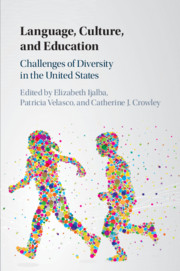This study examines the strength and direction of lexical-grammatical associations within and between first and second languages (L1 and L2) in a longitudinal sample of sequential bilinguals. Thirty-three children who spoke Vietnamese (L1) and English (L2) completed picture-naming and story-telling tasks in each language at four yearly intervals. Hierarchical linear modeling across Years 1–4 revealed bidirectional within-language associations and a unidirectional cross-language association from the L1 to L2. Results suggest a conditional relationship between languages in which the L1 supports L2 growth, but not vice versa. Findings contribute to defining pathways for L1 and L2 learning across domains and languages.


